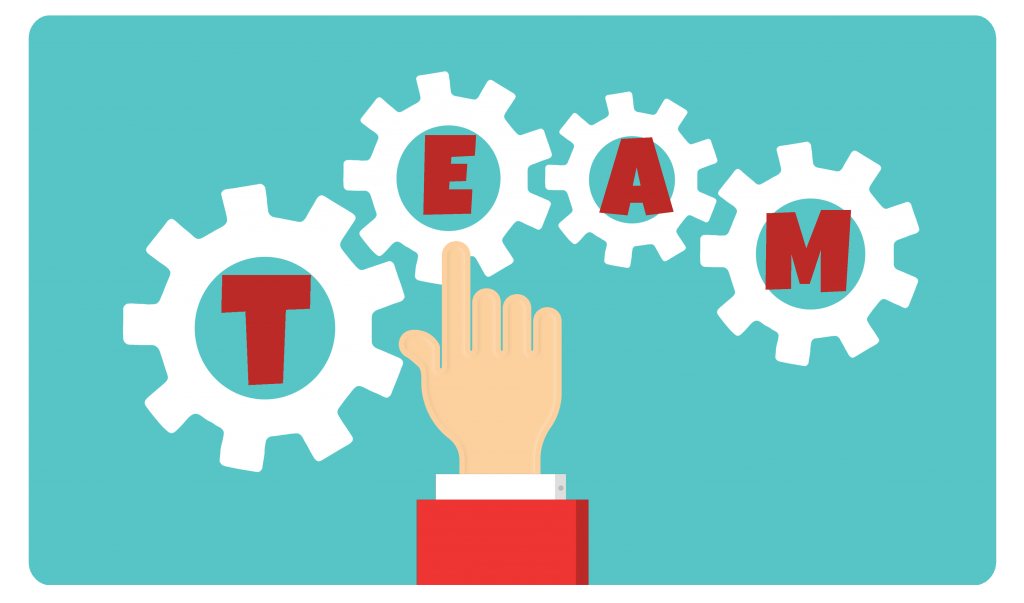Employee performance is a critical factor in a business’s likelihood to succeed. It is people who run your business, sell your products, and bring in revenue. At the same time, your employees are also one of the most costly resources. To get the most bang for your buck, you need to ensure that your whole team is running as productivity as possible. Use these four methods to fully optimize employee performance and create a satisfied, productive team:
- Recruiting, Hiring & Managing Employees | On average, it takes over 14 weeks for a small business to complete a full-time hire. Yet, the process of finding, securing and retaining top talent is critical if you’re going to achieve productivity objectives. Use a Human Resources Management approach that includes a capacity to leverage technology to manage candidates. This will allow you to easily create job descriptions and employee handbooks using templates compliant with labor laws, post job listing on multiple boards, and conduct background screenings. You will even be able to access onboarding best practices and establish performance review processes.
- Paying Employees | Whether you’re paying just yourself, or a staff of many, managing payroll can be challenging and confusing. Outsourcing payroll and tax filing responsibilities, however, offers many benefits. Not only does it ensure you remain compliant with federal, state, and local tax rules and payroll regulations, but you can seamlessly integrate time and attendance tracking with payroll and easily exporting data to accounting software. Other benefits include e-pay for employees using direct deposit, pre-paid VISA card, or check; automatic management of payroll deductions for tax, health benefits, and retirement contributions; and automatic electronic tax filing and deposits.
- Providing Employee Benefits | Employees rank health insurance as one of the most important benefits when choosing which employer to work for. In addition to worker’s compensation insurance, it’s important to understand your options as an employer in this area and what the best choices are to offer. Some of those options include medical, dental, and vision insurance, Premium Only Plans, short- and long-term disability, and retirement plans.
- Protecting Against Risk | The U.S. Department of Labor (DOL) administers and enforces more than 180 federal laws. Protecting your business and your employees requires having the right business insurance, maintaining an up to date employee handbook, remaining tax compliant, and remaining HR compliant.
In summary, there is a lot to learn and stay on top of when it comes to managing your workforce, but it’s important to ensuring that your team is satisfied with their positions and that employee performance is fully optimized. Thankfully, there is a comprehensive suite of employee solutions available today that employers can use to simplify these processes.

